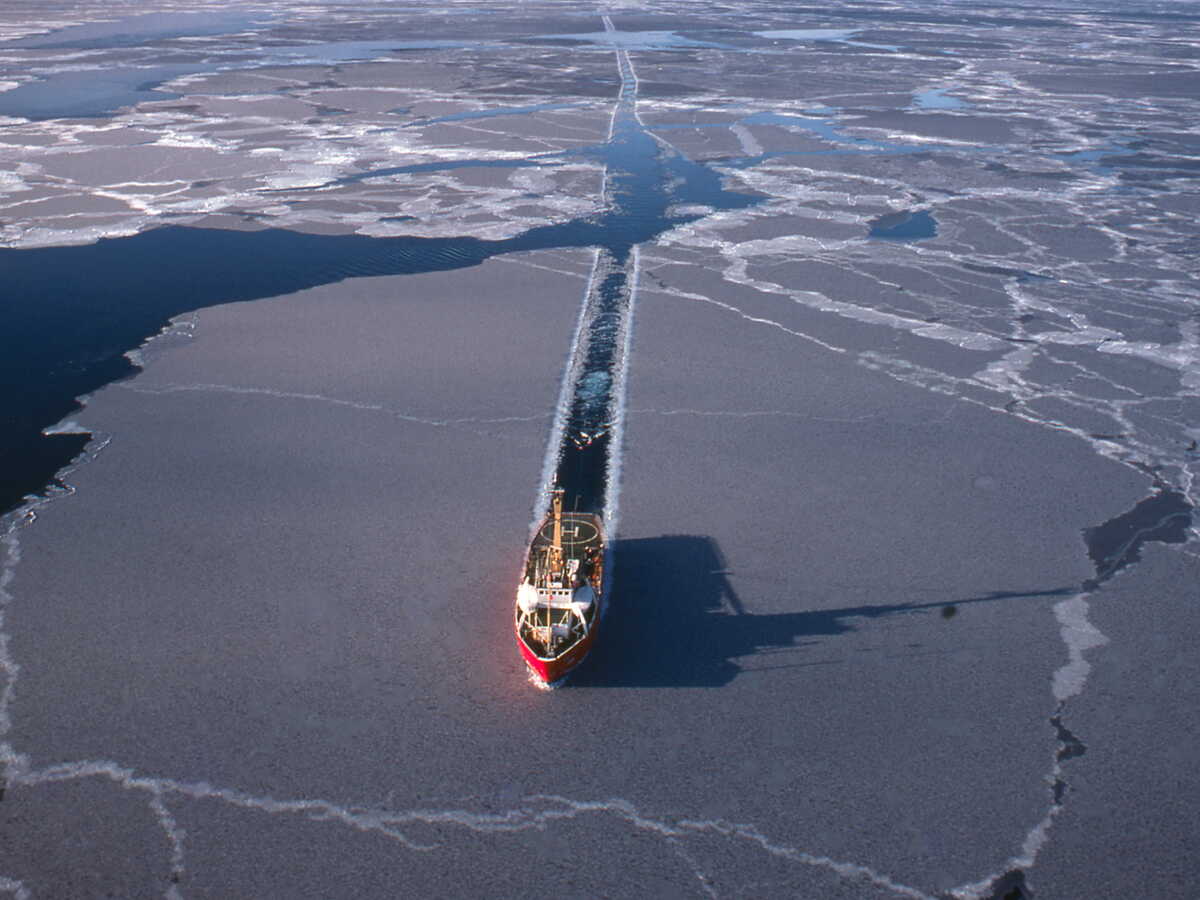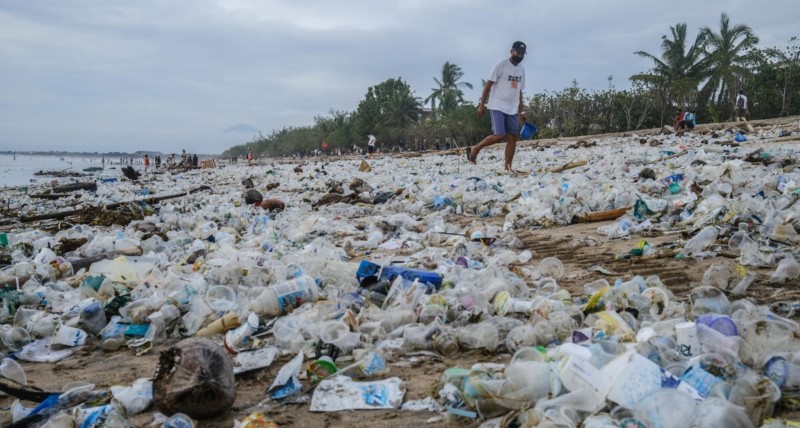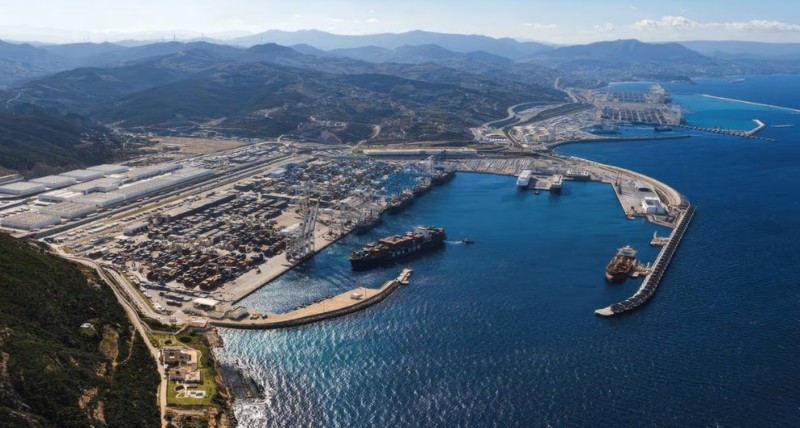Natural resources, emerging trade routes, space potential: powers are accelerating their race to control the Arctic.
The Arctic increasingly attracts global powers due to its economic, strategic, and environmental importance, noted Dutch researcher Karen van Loon from the Clingendael Institute during the Paris Defence Security Forum (PDSF) in March. “International cooperation remains a key element of its governance, but military activity and economic interests are shaping a new dynamic,” she added.
Growing global tensions are reflected in this harsh, often ice-covered ocean, battered by storms and long polar nights. Several NATO countries, including the United States, and Russia — the main Arctic coastal power — share this vast space.
“The Arctic is no longer just a scientific laboratory. It has become a revealing stage for major geopolitical upheavals,” writes French Minister of the Armed Forces Sébastien Lecornu in the preamble to France’s recently unveiled Arctic strategy.
U.S. President Donald Trump declared multiple times his desire to annex Greenland, an Arctic island.
China — a major U.S. rival — is increasingly active in the Arctic, driven by the gradual opening of new trade routes thanks to melting ice sheets, especially the Northern Sea Route (the “Northeast Passage”), which shortens maritime shipping between China and Europe along Russia’s Arctic coast.
In its strategies, China initially declared itself a “Near-Arctic State” but shifted its vocabulary in 2024 to “Arctic Stakeholder,” reflecting growing economic interest in the region, explained Véronique Salou, a researcher at the French Irsem institute, during the PDSF.
France’s strategic priorities
In this evolving context, France has set three main priorities:
- Work for stability alongside its allies
- “Preserve its freedom of action”
- Equip itself with military capabilities adapted to the demanding Arctic environment, according to Minister Lecornu.
France must remain realistic
With a navy already stretched across several seas worldwide and public finances under pressure, France must be pragmatic. The strategy — which does not specify budgets or investments — emphasizes “articulating our means with lucidity,” the minister explains.
“Let’s look at reality and see which countries can actually operate in the Arctic,” remarked French Vice-Admiral Jean-Marin d’Hébrail in March. “Count the number of military icebreakers: the U.S. has five, China four, Russia 51.”
France has only one icebreaker, the Astrolabe, which operates far from the Arctic, supporting the French Southern and Antarctic Lands (TAAF).
While several countries plan to acquire more icebreakers (Canada, the U.S., Finland…), France currently has “no plans to include icebreakers in its military programming,” notes Tristan Claret-Trentelivres of the General Directorate for International Relations and Strategy of the Armed Forces (DGRIS).
Seven axes for a broader strategy
France’s Arctic strategy includes seven focus areas that are not solely military, such as:
- Increasing French visibility by engaging more in local forums
- Supporting NATO ambitions in the region
- Establishing bilateral partnerships
- Developing equipment suited to extreme conditions.
France does not intend to be active across the entire Arctic. “Within this vast area — six times the size of the Mediterranean Sea — the region immediately adjacent to Europe naturally constitutes France’s priority area of interest, where it must safeguard its influence and freedom of action. From Greenland to Svalbard, this region also concentrates the interests of France’s European allies and NATO,” the strategy emphasizes.
The importance of Arctic space capabilities
The Ministry of the Armed Forces also highlights the importance of investing in the Arctic space domain to maintain France’s position in space surveillance. France already collaborates with Sweden at the Kiruna station, located north of the Arctic Circle.
Source: GEO




